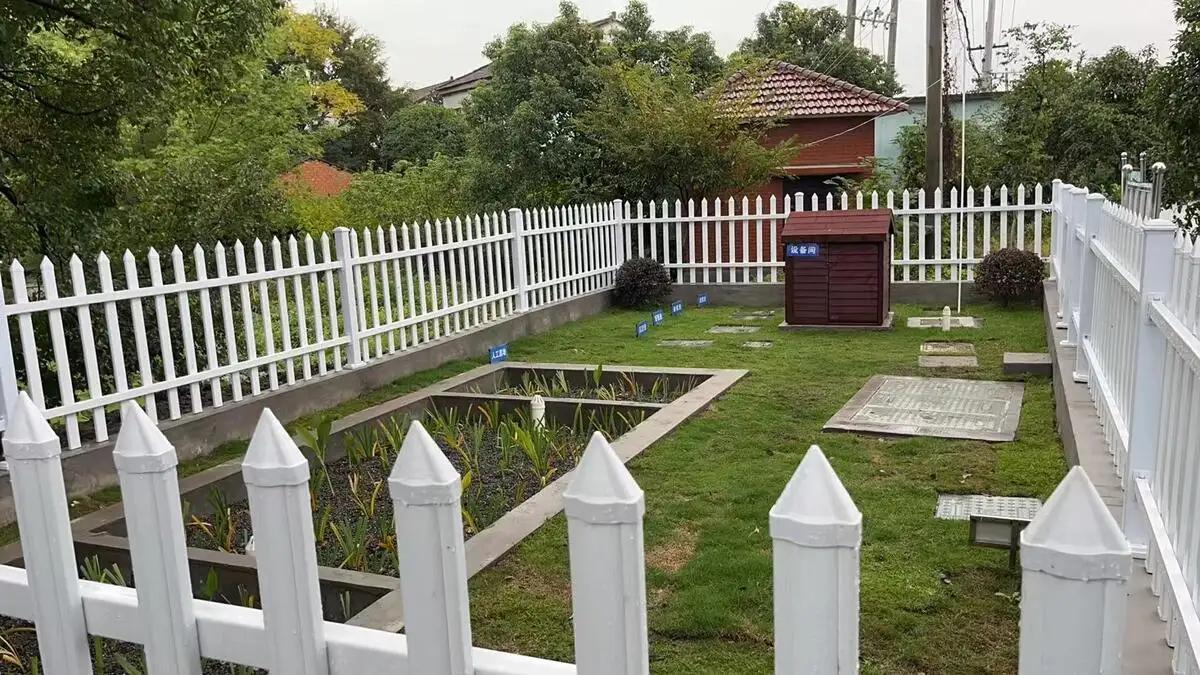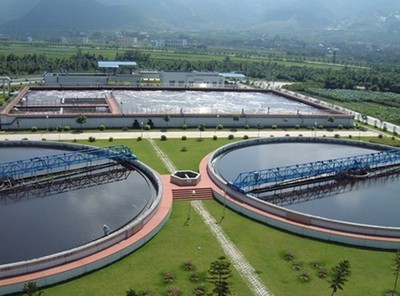Water treatment
Domestic Sewage Treatment
The treatment of rural domestic sewage has the characteristics of high dispersion and incomplete pipeline construction, resulting in a generally small scale of treatment facilities, usually ranging from 1 to 500 tons/day, which must be configured according to the actual population situation of villages and towns. The coefficient of change in water volume is generally 1.9~2.5, with obvious seasonal characteristics, and the discharge in summer are greater than those in winter.
Generally speaking, for rural domestic sewage treatment facilities with a capacity of 500 tons/day or above shall be in accordance with the "Pollutant Discharge Standards for Urban Sewage Treatment Plants" (GB 18918); and the for that less than 500 tons/day shall be in accordance with local standards. As of the end of 2020, 31 provinces, autonomous regions, and municipalities directly under the central government in mainland China have issued local rural sewage discharge standards. The successive issuance of local standards has provided a unified benchmark for the large-scale construction of rural domestic sewage treatment projects in various regions.
In response to the above characteristics of rural domestic sewage, integrated sewage treatment facilities are currently commonly used, often using biochemical processes such as A/O, A2/O, SBR, etc. These process facilities have low investment, simple operation and management, and meet the requirements of rural domestic sewage treatment facilities.


Water treatment
Domestic Sewage Treatment
As the second source of water, urban domestic sewage can alleviate the shortage of water resources. Currently, many countries and regions around the world have made overall plans for sewage treatment and reuse, using treated regenerated sewage as a new source of water to alleviate the shortage of water resources. At present, there are two ways to treat urban domestic sewage: one is to collect it through the urban sewage pipeline network and treat it centrally in the urban sewage treatment plant. The treated water is discharged into natural water bodies; The second is to build decentralized small-scale sewage treatment facilities in the community, and the treated water can be used for greening, irrigation, and other purposes in the community. Proper treatment and reuse of wastewater can promote a virtuous cycle of influent water in nature. Urban sewage is easy to collect and convey, with stable and reliable water quality and quantity, and simple and feasible treatment. As a secondary source of water, it is much more reliable than rainwater and seawater.
Huanke Environmental Protection Technology
HOTLINE:
Address:Optoelectronic Industry Accelerator in Weifang Hi-Tech Zone, Shandong Province, China
Contact:Zhang Gong
WhatsApp:+8619953608211
Email:eco.eqpt@gmail.com


Consult

TikTok
Copyright © 2023 Shandong Huanke Environmental Protection Technology Co., Ltd
